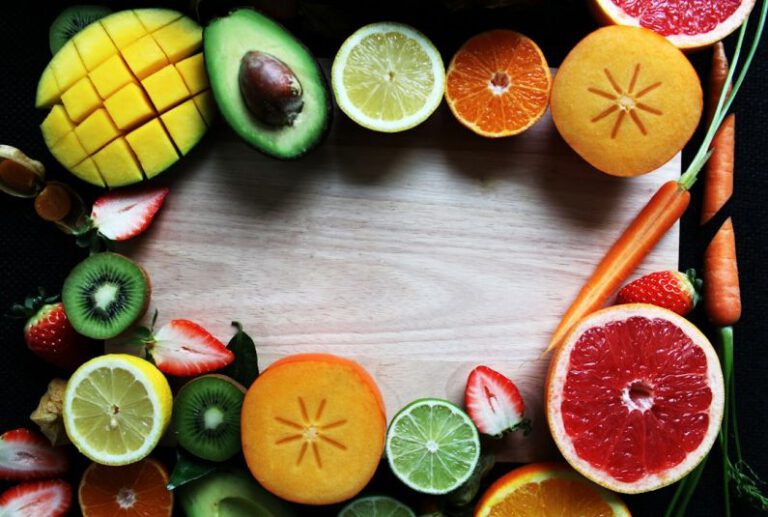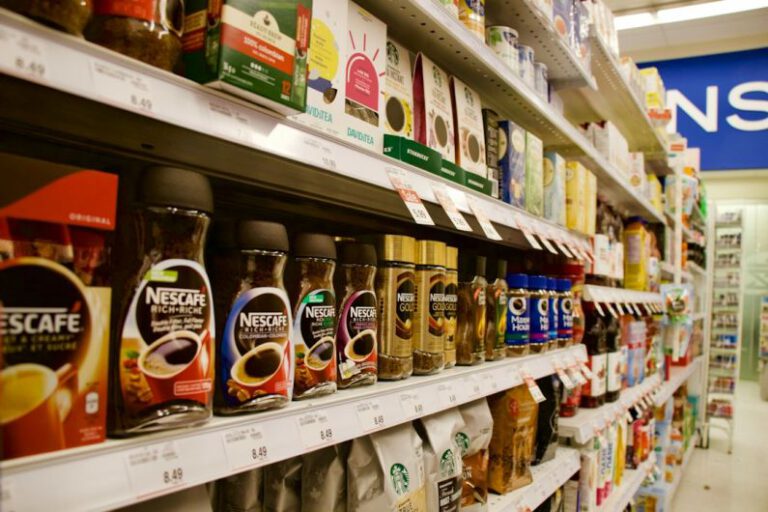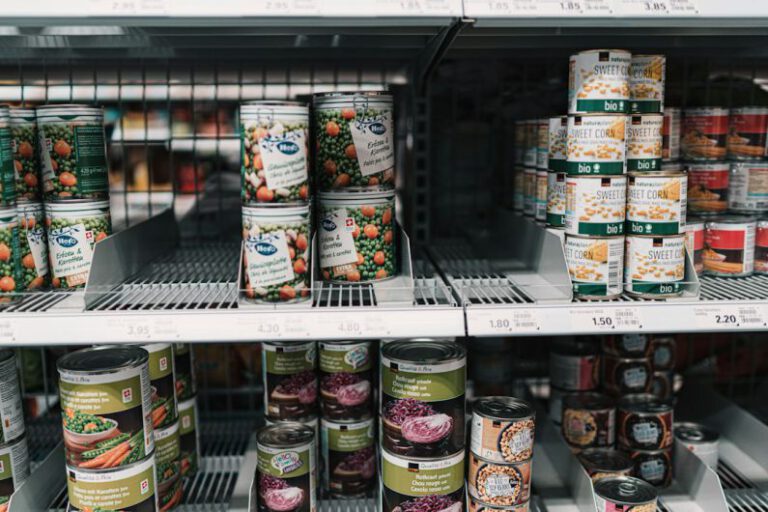Maximizing Fridge Space for Fresh Produce
When it comes to keeping fresh produce in your fridge, organization is key. A well-organized fridge not only helps keep your fruits and vegetables fresh for longer but also maximizes the available space. Here are some tips and tricks to help you make the most of your fridge space for fresh produce.
Clear Out and Clean Your Fridge
Before you start organizing your fridge, take some time to clear it out and give it a thorough clean. Remove all items, including expired or spoiled produce, and wipe down the shelves and drawers. This will help create a fresh and clean environment for your fresh fruits and vegetables.
Use Clear Containers and Bags
Investing in clear containers and bags is a game-changer when it comes to maximizing fridge space. Clear containers allow you to see the contents at a glance, making it easier to find what you need. Additionally, they stack neatly, helping to optimize vertical space. Use clear bags to store smaller produce items like berries or herbs. Not only do they save space, but they also help maintain the freshness of your produce.
Separate Fruits and Vegetables
Fruits and vegetables have different storage requirements, so it’s important to separate them. Fruits produce ethylene gas, which can accelerate the ripening process of certain vegetables. Keep fruits and vegetables in separate drawers or compartments to prevent premature spoilage. If your fridge doesn’t have separate compartments, use clear containers or bags to create a barrier between the two.
Utilize Adjustable Shelves and Drawers
Most modern fridges come with adjustable shelves and drawers to accommodate different food items. Take advantage of these features to create customized spaces for your produce. Lower the shelves to make room for taller items like celery or broccoli. Adjust the humidity settings on the drawers to create the ideal environment for specific fruits or vegetables. For example, high humidity is suitable for leafy greens, while low humidity is better for fruits.
Organize by Expiration Date
To minimize food waste, organize your produce by expiration date. Place the items that need to be used up quickly at the front of the fridge, where they’re easily visible. This way, you’ll be more likely to use them before they spoil. Rearrange your fridge regularly to ensure that older produce doesn’t get forgotten at the back.
Utilize the Fridge Door
The fridge door tends to be the warmest part of the fridge, making it unsuitable for some items. However, certain fruits and vegetables, like condiments, citrus fruits, and root vegetables, can be stored in the door. Use clear bins or organizers to keep these items in place and prevent them from rolling around.
Consider Storing Some Produce Outside the Fridge
Not all produce needs to be stored in the fridge. Items like bananas, tomatoes, and potatoes do better when stored at room temperature. These items can take up valuable fridge space, so consider finding alternative storage options for them. Use countertop fruit bowls or hanging baskets to keep them within easy reach and free up space in your fridge.
In Conclusion
By following these tips and tricks, you can make the most of your fridge space for fresh produce. Clearing out and cleaning your fridge, using clear containers and bags, separating fruits and vegetables, and utilizing adjustable shelves and drawers are all effective methods for maximizing space. Organizing by expiration date, utilizing the fridge door, and considering alternative storage options for certain produce items are additional strategies to help you optimize your fridge space. With a well-organized fridge, you can enjoy fresh and nutritious produce for longer.






